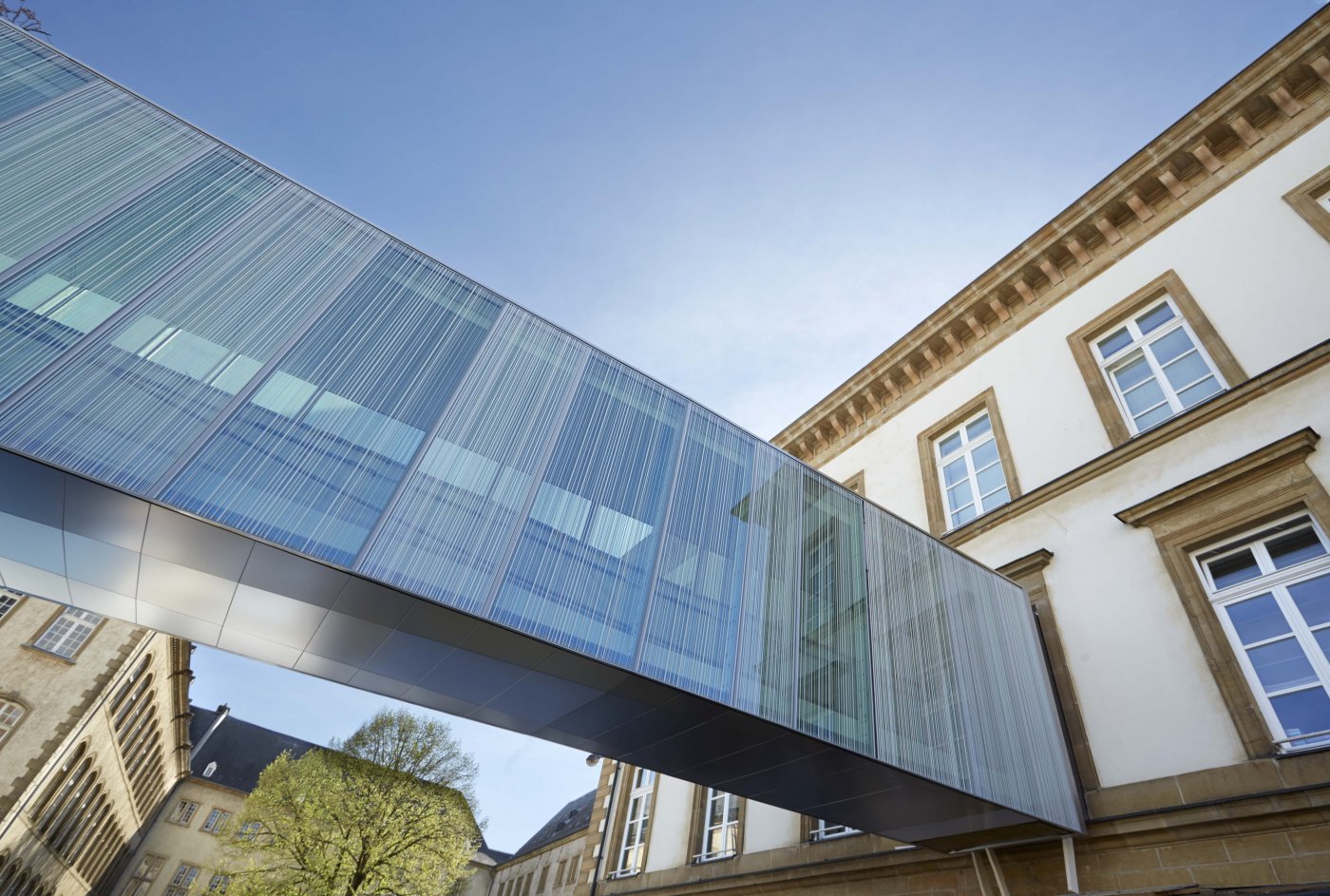Origin
Some electromagnetic fields occur naturally (the sun's ultraviolet radiation, the earth's magnetic field, etc.), while others are artificially produced (waves emitted by remote control devices, microwave ovens, cordless and mobile phones, electrical cables, etc.).
Health effects
Modern communications technologies like Wi-Fi and mobile broadband make use of high-frequency electromagnetic fields. When brought into contact with living tissue, this radiation can have thermal and athermal effects.
Although used to great advantage in microwave ovens, thermal effects can also cause adverse effects on health. For example, when we use a mobile phone, radiation is absorbed by human tissue and converted into heat. These thermal effects are well documented and are the basis for the official exposure limits currently applied.
Scientists have yet to produce evidence relating to the adverse health effects of long-term exposure to electromagnetic fields not exceeding the legal limits. Nevertheless, in 2011, the International Agency for Research on Cancer (IARC) – a division of the World Health Organization (WHO) – classified radiofrequency electromagnetic fields (RF-EMF) emitted by Wi-Fi and mobile phones as possibly carcinogenic to humans. There is currently no legislation regulating these potentially harmful athermal effects.
Approaches pursued by the City
As a precaution, the City of Luxembourg tries to keep exposure to electromagnetic fields as low as possible in order to minimise any potential risk to health.
Although most artificial fields are generated inside homes, the City of Luxembourg wishes to prevent electromagnetic pollution in public spaces, as emitted by the telecommunications towers located on its territory.
To this end, a radiofrequency mapping tool and a voluntary charter have been developed to:
- draw up an inventory of electromagnetic fields;
- take into account the concerns of citizens regarding exposure to these fields;
- maintain a high quality of urban life;
- allow for the balanced development of new communications technologies;
- inform the public in an objective and transparent manner.
View the radiofrequency mapping tool for Luxembourg City’s Wi-Fi network available here (last updated in 2017).
An initial charter was signed in October 2011 for the HotCity network. By signing this charter, theCity of Luxembourg opted to ensure that radiofrequency levels in its Wi-Fi network do not exceed 0.614 V/m outdoors. This limit is equivalent to the "Salzburger Vorsorgewert" precautionary valuewhich, according to scientific research, excludesadverse health effects over the long term. A pilot project for the extension of the charter to cover GSM towers is underway.
In addition to its efforts to limit the electromagnetic fields associated with its Wi-Fi network, for several years now, the City of Luxembourg has been working together with national network providers as part of a voluntary scheme to limit electromagnetic and visual pollution.

















